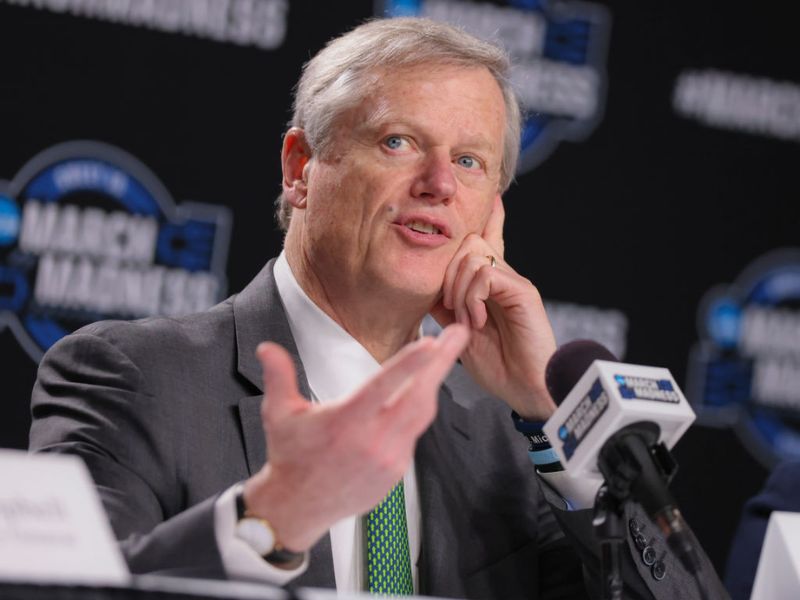College athletics is undergoing one of the most dramatic shifts in its history, as the NCAA has agreed to a groundbreaking $2.8 billion settlement with current and former student-athletes. This historic agreement, recently approved by a federal judge, will not only deliver back pay to thousands of athletes but also establish a new era where schools can directly compensate players.
One of the most notable beneficiaries could be basketball superstar Caitlin Clark, now playing professionally, who is still eligible to receive substantial back pay for her time at the University of Iowa. Source
The class-action lawsuit, House v. NCAA, was filed by approximately 14,000 athletes who sought compensation for years of unpaid contributions to their schools. The terms of the settlement include several sweeping changes to how schools and the NCAA interact with student-athletes financially.
Under the agreement, the NCAA and major conferences will pay out $2.8 billion in media rights revenue as back pay to athletes who competed from 2016 onward. Starting in the 2025-26 academic year, schools that participate in the settlement can allocate up to $20.5 million annually to current student-athletes, with expectations that this cap will increase in future years.
Additionally, universities will now be allowed to enter into name, image, and likeness (NIL) agreements directly with athletes. This means schools can pay athletes to promote the institution, participate in advertising, or make public appearances on the university’s behalf. NCAA NIL Policy
To ensure fairness, all NIL agreements will undergo a market value assessment conducted by Deloitte. If any deal is deemed excessive compared to comparable compensation benchmarks, it may be restructured or voided altogether. Additionally, traditional scholarship caps will be replaced with maximum team roster sizes, giving schools more flexibility in athlete compensation.
The NCAA’s motivation to settle stems largely from the U.S. Supreme Court’s 2021 ruling in NCAA v. Alston, which found that the NCAA had violated antitrust laws by limiting education-related benefits. This landmark decision opened the door to broader legal challenges against the NCAA’s amateurism model. Read the ruling
Although the Alston ruling did not directly legalize NIL compensation, many states—including California—passed legislation forcing universities to allow NIL deals. Facing mounting legal pressure, the NCAA changed its policy on June 30, 2021, and formally allowed athletes to profit from their name, image, and likeness.
This transformation has brought new financial pressure to athletic departments. Some schools are reevaluating budgets, reducing travel for non-revenue sports, or postponing facilities upgrades. Others may cut entire programs. Trev Alberts of Texas A&M has emphasized that college sports has a spending problem, not a revenue one. More from SI
While the settlement aims to stabilize the college sports landscape, new challenges are already looming. Title IX compliance is one major concern—schools must ensure equitable compensation for male and female athletes. Unequal distributions could trigger legal action, while attempts to split revenue evenly might lead to pushback from athletes in high-revenue sports.
Another issue is enforcement. Deloitte’s role in determining the fair market value of NIL deals could be challenged in court by athletes or schools who believe their compensation is being unfairly limited. Legal disputes over this mechanism are expected to arise in the near future.
The agreement also leaves international athletes in limbo. Many hold visas that restrict their ability to earn money, including through NIL deals. Though some lawmakers have proposed solutions, the NCAA has not made this issue a priority and continues to lobby for a comprehensive federal NIL law. NCAA Government Relations
Ultimately, this settlement marks a pivotal moment in the evolution of college sports. While it provides long-overdue compensation to thousands of athletes, it also sets the stage for future legal, financial, and regulatory battles that will shape the future of amateur athletics in the U.S.

